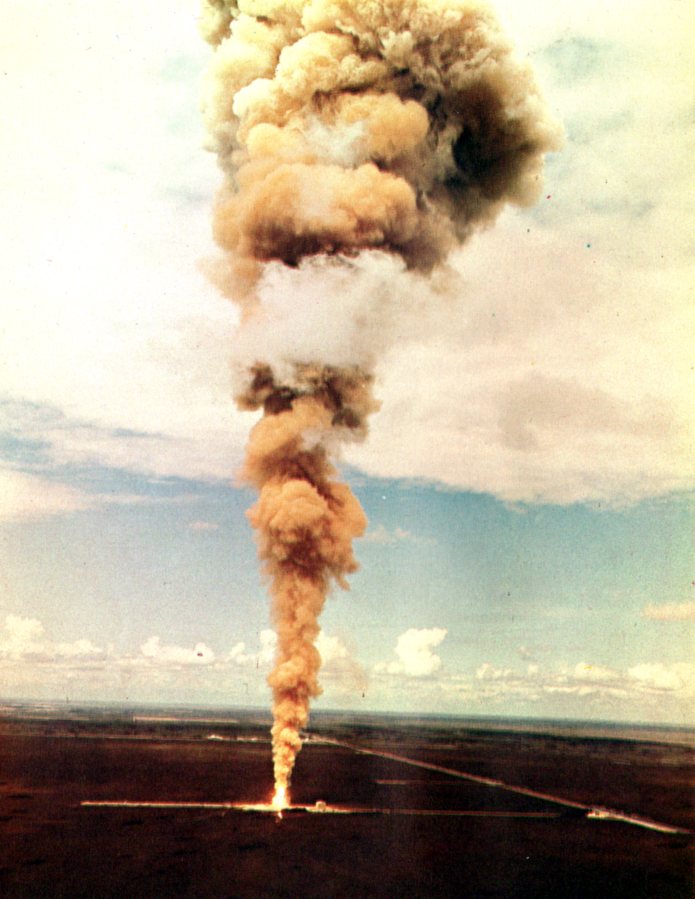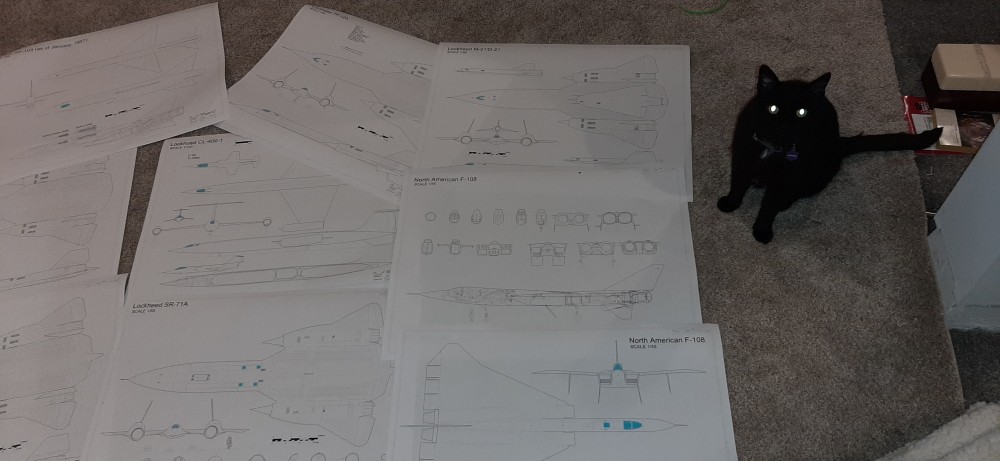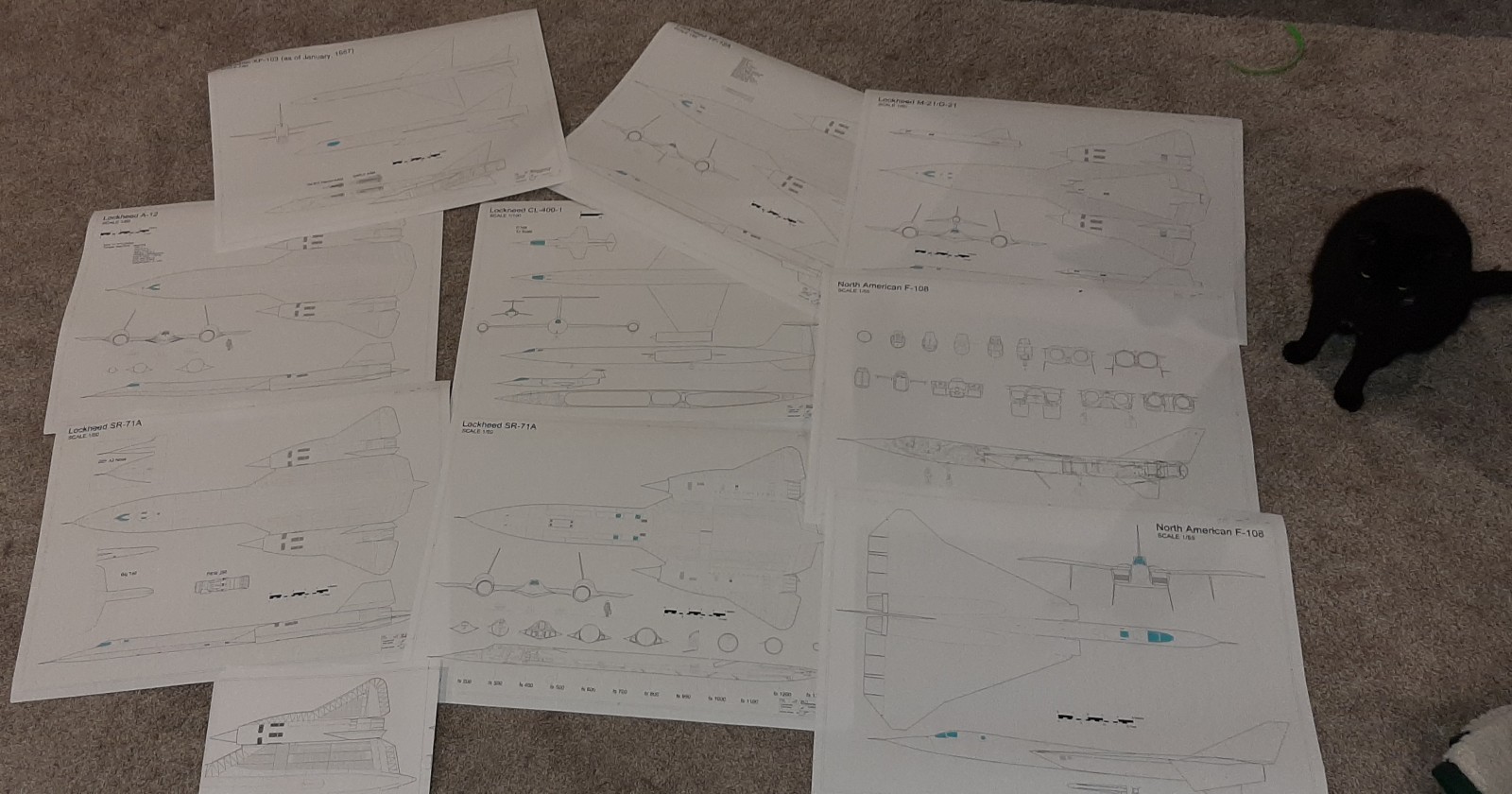Back when NASA dreamed big (the early 1960’s), there were many ideas for how to make really, REALLY big space launch systems. Solid rocket motors had a place at the time serving as either the first stage, or strap-on boosters for the first stage, for Saturn-class boosters. Most solid rocket production facilities are far from Cape Canaveral, so getting rockets from the manufacturer to the launch site could be a problem. Due to rail line restrictions, a case diameter of 156 inches was the limit: anything bigger wouldn’t fit through existing tunnels. But Aerojet and other companies had ideas for even bigger solids… I’ve seen drawings for boosters up to 396 inches in diameter, though 260 inches seems to be the largest given serious engineering.
In order to conveniently manufacture and transport these giants, Aerojet set up a manufacturing plant and static test site in Florida. Aerojet built several half-length versions of the 260-inch-diameter boosters, dug a hole in the ground, upended the rockets and fired them towards the center of the Earth, with the results being a small earthquake, a gigantic brown plume of solid rocket exhaust shooting into the sky and no production contract. The first test firing was in September, 1966, by which time NASA’s horizons had contracted substantially.

Solid rockets as an economical way to get to space, especially as a way to launch humans, is a technology whose day has passed. As military technology they remain as valid as ever; unlike liquid rockets, you can stuff a solid rocket into a silo and somewhat ignore it for years and then launch it on a moments notice. Having ICBM-sized boosters stocked up and stored away ready to launch a fleet of replacement GPS, communication and spy satellites when the Chinese swat our current fleet from the sky makes a lot of sense… but using solids to launch missions to the Moon or Mars is now a rather silly notion.
The full rez scan of the photo (and 4 others) has been made available at 300 DPI to all $4/month patrons/subscribers in the 2021-07 APR Extras folder at Dropbox. If you would like to help fund the acquisition and preservation of such things, along with getting high quality scans for yourself, please consider signing on either for the APR Patreon or the APR Monthly Historical Documents Program.



